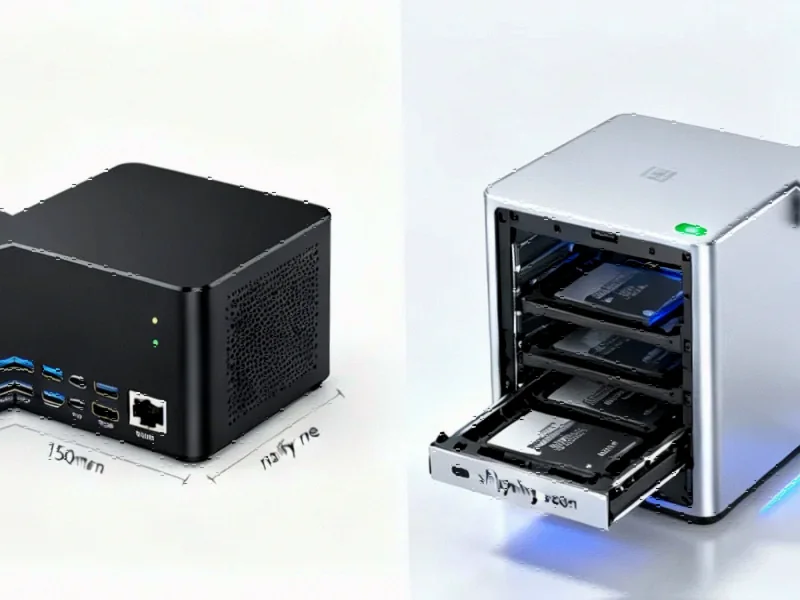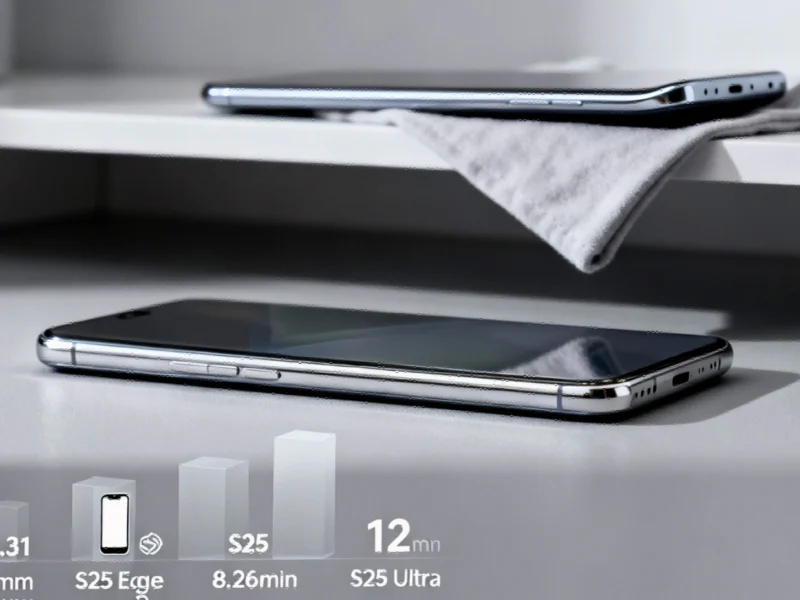Unexpected Performance Discrepancy Emerges in Early Testing
According to reports based on initial firmware-based testing, the Samsung Galaxy S25 FE is demonstrating unexpected thermal throttling behavior despite its enhanced cooling system. Sources indicate the device maintains only 59 percent to 66 percent of its peak performance during GPU stress tests, significantly lower than its predecessor’s stability.
The findings present a puzzling scenario for the upcoming device, particularly given its hardware specifications. The Samsung Galaxy S25 FE and S24 FE both utilize the same GPU architecture, yet exhibit markedly different thermal performance according to the analysis.
Identical GPU, Divergent Thermal Performance
Testing reportedly reveals both devices sport the Samsung Xclipse 940 GPU clocked at 1,095 MHz, creating an expectation of similar thermal characteristics. However, analysts suggest the S25 FE heats up more quickly and throttles more aggressively than the S24 FE despite sharing the same System on a Chip foundation.
The report states that while the S25 FE features a slightly higher clock rate for its high-performance core, the fundamental SoC architecture remains nearly identical between both models. This makes the significant performance gap particularly noteworthy for those tracking device comparisons in the mobile industry.
Cooling System Enhancement Fails to Deliver Expected Results
What makes these findings particularly surprising, according to sources, is that the S25 FE incorporates a larger vapor chamber specifically designed to improve thermal management. The cooling system enhancement appears to have yielded minimal benefits based on the initial testing data.
In contrast, the S24 FE maintains an average stability of between 71 percent and 72 percent of its peak performance under identical stress conditions. This represents a substantial performance preservation advantage over its successor despite the older device’s theoretically inferior cooling capacity.
Industry Context and Potential Explanations
Technology experts note that such performance discrepancies could stem from various factors, including potential firmware optimization issues or changes in thermal management algorithms. The findings come amid broader market trends where manufacturers balance performance with thermal constraints.
As Samsung continues to refine its mobile offerings, these early test results highlight the complex challenges in smartphone thermal management. The situation reflects similar challenges seen across technology infrastructure sectors where theoretical improvements don’t always translate to real-world benefits.
Industry observers suggest the performance characteristics could evolve as the device approaches launch, with potential firmware updates addressing the thermal management behavior. The development occurs alongside other industry developments in mobile technology and performance optimization.
Looking Forward
Analysts emphasize that these are preliminary findings based on early firmware, and performance characteristics may change with subsequent software updates. The technology community continues to monitor how these related innovations in mobile processing and thermal management will evolve.
As with many recent technology launches, early performance metrics often undergo significant refinement before consumer availability. The situation underscores the complex interplay between hardware specifications and software optimization in modern mobile devices, with further updates expected as the launch approaches.
This article aggregates information from publicly available sources. All trademarks and copyrights belong to their respective owners.
Note: Featured image is for illustrative purposes only and does not represent any specific product, service, or entity mentioned in this article.



